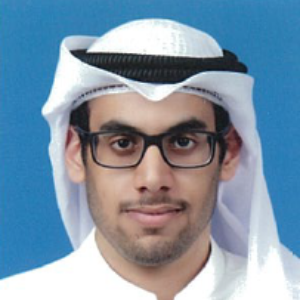Title : Selective Laser Sintering (SLS) and its applications in the oil industry
Abstract:
Selective laser Sintering (SLS) is a fast and reliable fabrication method that uses a computer aided design “CAD” to control the process; to continue, this makes it a very efficient technique that reduces waste material and maximizes precision especially when operating on complex parts. Moreover, selective laser sintering is a layer by layer process that create objects and parts by melting powder by the usage of laser. The layer has to wet the layer beneath it to create what is known as the interlayer bonding.. Moreover, high temperature sintering creates a strong bond between the particles in the powder that have surface contact.
The types of lasers that are used for selective laser sintering and discussed in this paper are CO2 and Nd:YAG. These lasers are used to scan and heat the powders. A comparison between the scanning speed of both lasers is essential to know the results of the powder. Also, in selective laser sintering there are many factors that one should watch out for when using this technique. First, oxidation and balling. Secondly, Evaporation and finally the residual stresses. These factors can cause problems to the final product; therefore, proper planning that were discussed in this paper such as pressure and temperature control are required.
Moreover, Important SLS parameters were investigated in this paper to find their effects on the materials properties. SLS parameters such as laser power, scan spacing, layer thickness, scan speed, and hatch length have major effects on various properties. The most highlighted properties that were discussed in this paper are density of powder, surface roughness, and sharpness of edges.
Throughout this paper, several applications were discussed where selective laser sintering was applicable. To be more specific, this presentation will be aimed to explain the selective laser sintering manufacturing process and its application in the oil industry to 3D print complicated parts.
Audience Take Away Notes
- Applications of the new manufacturing technique known as Selective Laser Sintering (SLS).
- How 3D printing of solid metallic parts is made possible through SLS?
- Material Waste Reduction and maximization of precision allowing the production of complex parts.
- Utilization of CAD software to create a full part using one manufacturing technique.
- Understanding the different variables that effect the properties and dimension accuracy of the final product that is produced through SLS.



